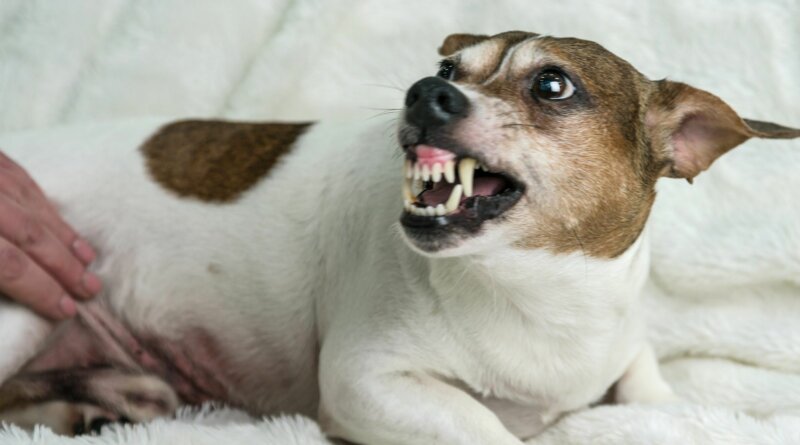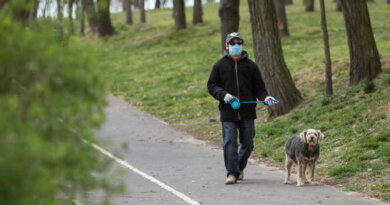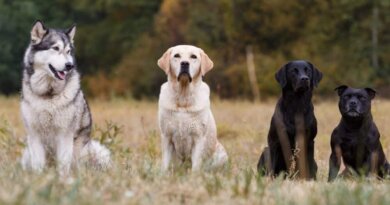Why Do Dogs Growl? – Whole Dog Journal
Your dog’s growl scares you a little – but you must never punish her for this. If that seems counterintuitive, it’s because a growl often precedes a bite. Therefore, a growl must be a bad thing, no? But wait. Why do dogs growl? Why does your dog growl at you? When you understand why, you’ll realize that a growl is a good thing, and why you don’t want to punish any dog for doing it.
Growling is Communication
Our dogs communicate with us all the time. Unfortunately, we humans aren’t always great at understanding what they are trying to say. When your dog growls, she’s saying “Something you’re doing is making me uncomfortable and I really don’t want to bite you, so please stop what you’re doing!” A growling dog is stressed but trying very hard not to bite you.
Historically our dog’s growl was viewed as a challenge, and we were told we had to punish him for growling, or he would escalate to biting. In the past couple of decades, as a gentler philosophy has enveloped the dog training profession, we have come to realize that dogs have a continuum of “agonistic” behaviors – a range of activities associated with aggression in a social species – and that the behaviors on the lower end of the continuum are intended to avert conflict, not cause it. The freeze, the hard stare, the growl – these are all attempts on your dog’s part to avoid having to escalate to serious aggression. If you punish the growl, you risk suppressing that communication – and your dog may learn to bite without giving any warning.
What to Do if Your Dog Growls
If your dog growls, remove whatever is causing her to growl (her trigger). If you are petting or grooming her or trimming her nails (or if someone else is) stop petting, grooming, or nail trimming. If she growls at a dog or another person, move her away from them, or have them move away. If someone is approaching her in her crate, have them move away. You get the idea!
Now you have options. First, consider a veterinary exam to rule out or treat any physical conditions that may be causing your dog to experience pain or discomfort, especially if it’s a new behavior in response to something she was previously okay with. Then:
- Manage her world so she doesn’t encounter her trigger(s). If she growled at a horse, don’t take her to horse barns.
- Appreciate and respect her growl by removing whatever is stressing her.
- Do behavior modification (counter-conditioning and desensitization, CC&D) to help her become comfortable with her trigger(s). Pair the presence of a stranger or nail clippers, or being petted or picked up with very high-value treats. (For step-by-step instruction on how to do this, see “Trimming a Dog’s Toenails” and “Lifting Your Dog,” WDJ June 2015).
- Teach new behaviors (operant conditioning) such as “Find It” (drop treats at your feet) and “Walk Away” (do a 180-Degree-turn and run the other way!) that can help her cope with the presence of stressors, and that incorporate cooperative care techniques.
- If you need help with these, seek the assistance of a qualified force-free professional.
Now, with your new-found appreciation for your dog’s growl, take a good look at her world and do what you can to see that she feels less compelled to communicate with you through growling. And treasure her growl when she does.




